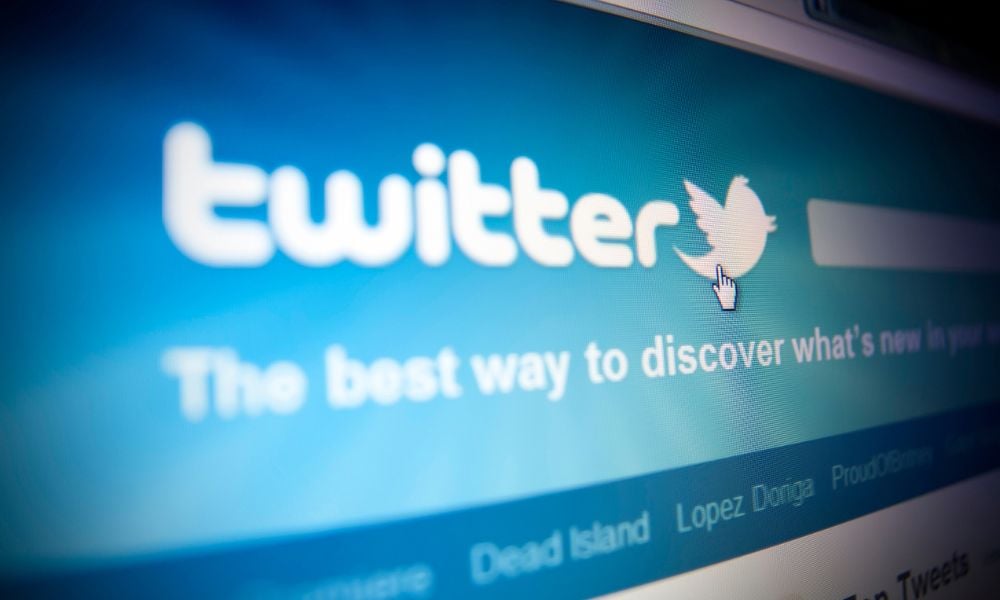
While it may be moot, the case highlighted fundamental issues for mergers and acquisitions

It would be challenging to capture the full picture of the litigation between Twitter and Elon Musk in a 280-character tweet, or even in a 500-character Truth Social post: #mysocialmediaskillssuck. It’s also challenging in a brief column, where poop emojis don’t really pop. Then Musk went and bought the company, so we’ll never see the litigation, and vacillated on account verification so you’ll never know if this is really me writing. . Still, the core issues are fundamental to M&A, so I will try.
The merger agreement between Twitter and a Musk company came about after Musk had accumulated an approximately nine percent ownership position and, after some back and forth, settlement of the agreement based on what Musk characterized as a “seller-friendly” form not subject to business diligence.
Shortly after the agreement was signed, Musk began to demand information about fake/spam accounts and public comments (often through Twitter) alleging issues including Twitter non-compliance. Ultimately, Musk sent notice of termination, and Twitter sued for specific performance.
Musk’s position that he is entitled to terminate is based on two typical elements of the agreement: breach of a representation that results in a material adverse effect and material breach of covenants. The representations include typical language that effectively speaks to Twitter’s public disclosures not including a misrepresentation. Musk’s focus is on Twitter’s characterization of its own mDAU (monetizable daily active user) metric as key to growth and performance and its estimation that false or spam accounts represent less than five percent of mDAU. (The “seller-friendly” form does not have a specific representation on this.) The core of his position is that Twitter didn’t adequately track fake accounts, used its own manipulable metric (mDAU) to track real users, misrepresented the numbers, and then obscured the truth from Musk.
Twitter’s position on this is essentially that the mDAU metric is proper (tackling a challenging task with statistically sound sampling) and that its public disclosure both made clear the potential limitations of the mDAU metric and included cautions about its potential inaccuracy. Twitter maintains that, regardless, Musk knew about the bot issues and didn’t seek specific conditions or conduct diligence.
That type of misrepresentation claim is typical in M&A disputes, as is the steep hurdle that Musk will have to surmount to demonstrate that this caused a material adverse effect. The merger agreement has a customary requirement that Twitter provide information as reasonably requested by Musk. Musk’s position is that Twitter has breached this obligation, while Twitter maintains that Musk is strategically inundating Twitter with practically impossible information demands. The merger agreement also features the normal ordinary course of business covenants, which Musk has claimed are breached.
These are typical issues, the particular nuances of which are obviously case-specific. What is unusual, though perhaps predictably so, is the volume and substance of Musk’s public comments. In the age of Twitter there is, for example, evidence (through public comment) of Musk’s awareness of the fake account issue pre-agreement. There are also many tweets, including not just the poop emoji but also unflattering commentary about Twitter’s bot issues, that call into question whether Musk is in compliance with the covenant in the agreement to not disparage Twitter. (In order to terminate, Musk must himself be in compliance with the agreement.)
Putting aside public statements, we’ve often heard from our litigation colleagues that most evidence in contemporary corporate disputes is from text messages. The Twitter dispute has fashioned a new twist here, in that there apparently was, even after litigation was threatened and likely, usage of a platform that automatically deletes text messages post-transmission.
Beyond this, my own social media ignorance renders me unequipped to comment. One measure of this ignorance came about when I asked my daughter to explain the fake account phenomenon. She responded that it’s difficult to explain if I don’t participate in social media. I said I didn’t follow, and she laughed. That it took me a long moment to understand the humour is damning.